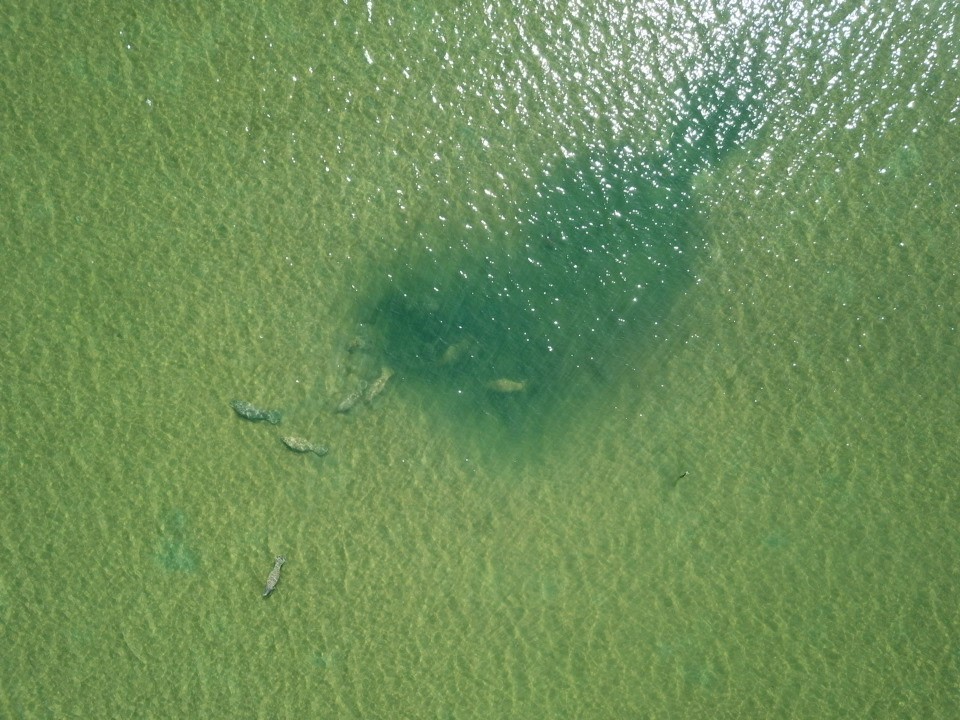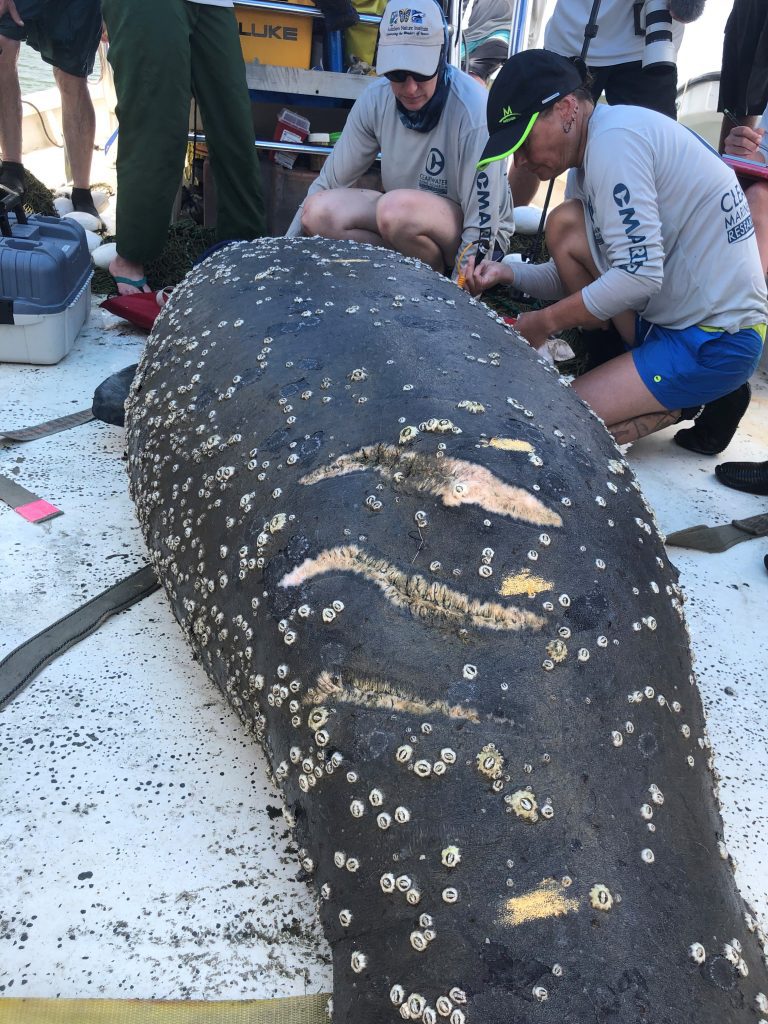23 years of data confirms humans are the biggest threat to the Antillean manatee

Often referred to as the last stronghold for the Antillean manatee, the population in Belize is under a serious and emerging threat. Data collected by the Belize Marine Mammal Stranding Network found that collision with watercraft accounted for the main cause of manatee strandings over a 23-year period, from 1997 to 2019. Strandings refer to any dead, helpless, trapped or entangled marine mammal.
Prior to 1997, poaching was believed to be the main cause of manatee deaths, as they were reportedly hunted or poached for food. Since 2010, however, collisions with watercraft have been the main cause of known strandings, increasing from an annual average of 10 prior to 2010 to 25.

The data also showed a strong and direct correlation between the number of stranded manatees with an increase in the number of tourists to Belize per year, especially in areas where boat traffic increased due to tourism. Examinations of manatees during health assessments conducted since 1997 have also recorded an increase in non-lethal boat-related scarring. Similarly, watercraft collisions are also the main anthropogenic cause of death of Florida manatees but are not considered a significant threat to the Antillean manatee, except for manatees found in Puerto Rico and Belize.
Population assessments and further research is necessary to determine the impact watercraft collisions are having on the species count to estimate the potential biological removal of manatees in Belize. The enforcement and implementation of boating regulations, like no wake zones, as well as public education and outreach, are recommended to reduce the threats to the species. Rescue and rehabilitation programs have also proven to be effective long-term strategies for manatee conservation and improving these efforts will help raise awareness of threats facing manatees.
Stranding networks, like the Marine Mammal Stranding Network in Belize, are critical for monitoring threats to manatees and collecting the long-term data needed to guide strategies for conservation. These networks and the data they collect will not only help manatee populations in Belize but will help other countries sharing this genetic population recognize the threats facing the species.
The article “Analysis of a long-term dataset of Antillean manatee strandings in Belize: implications for conservation” is available in Oryx—The International Journal of Conservation.
MEDIA CONTACT Kelsy Long, Clearwater Marine Aquarium, media@cmaquarium.org.
###
- About Clearwater Marine Aquarium
- Clearwater Marine Aquarium (CMA) is a 501(c)(3) nonprofit working marine rescue center dedicated to preserving our marine life and environment while inspiring the human spirit through leadership in education, research, rescue, rehabilitation and release. CMA is home to rescue dolphins, sea turtles, river otters, stingrays, nurse sharks and more. Winter, the dolphin’s story of survival after injury that caused her to lose her tail, has impacted millions of people around the world. A major motion picture, Dolphin Tale, highlighted her life story in 2011. The sequel, Dolphin Tale 2, was released in September 2014 and features the incredible story of Hope, a young resident dolphin of CMA. The mission and potential to change people’s lives differentiates Clearwater Marine Aquarium from any other aquarium in the world
© 2022 Clearwater Marine Aquarium | 249 Windward Passage, Clearwater, FL 33767 | 727-445-1139 | 727-441-1790 | mission.cmaquarium.org | cmaquarium.org
We believe in preserving our environment while inspiring the human spirit through leadership in the rescue, rehabilitation, and release of marine life; environmental education; research; and conservation.
A Florida non-profit 501(c)(3) organization